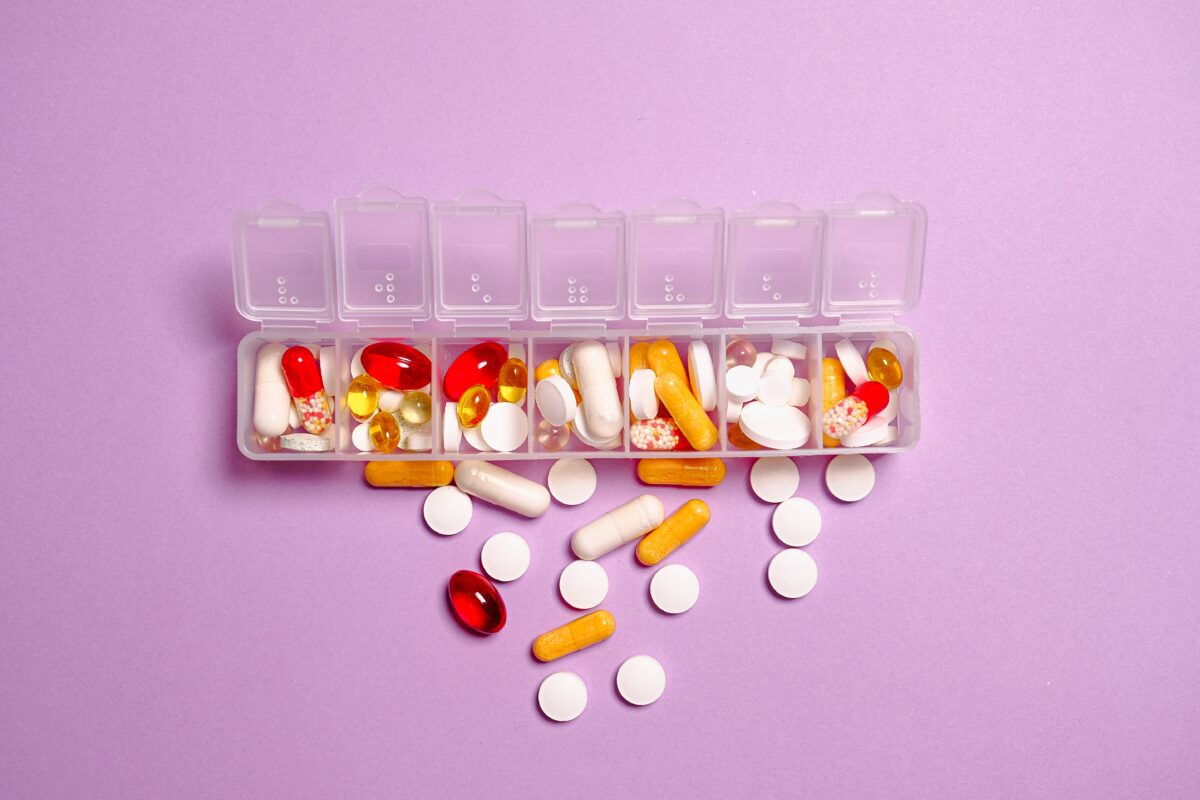Uncategorized
Targeted drug delivery: enhancing efficacy and reducing side effects

The field of medicine has experienced significant advancements over the years, with one of the most revolutionary being targeted drug delivery. Traditional drug administration methods often distribute medication throughout the entire body, leading to the potential for unwanted side effects and diminished efficacy. However, targeted drug delivery offers a promising solution to this problem by precisely delivering medications to specific sites within the body. This article explores the concept of targeted drug delivery, its mechanisms, benefits, and its potential to enhance treatment efficacy while minimizing adverse effects.
Understanding targeted drug delivery
Targeted drug delivery involves the delivery of therapeutic agents directly to the site of action, typically at the cellular or tissue level, where they are needed most. This precise approach is achieved through various techniques that encapsulate drugs in specialized carriers, allowing them to reach their intended destinations with minimal exposure to healthy tissues. These carriers can be nanoparticles, liposomes, micelles, antibodies, or other targeted delivery systems.
Mechanisms of targeted drug delivery
- Passive targeting: Passive targeting exploits the unique characteristics of the targeted tissue to deliver drugs. This is often based on the enhanced permeability and retention (EPR) effect, wherein tumor tissues, for example, possess leaky blood vessels and impaired lymphatic drainage. This allows drug-loaded nanoparticles to accumulate selectively within tumor tissues, effectively concentrating the drug where it’s needed.
- Active targeting: Active targeting involves attaching ligands, such as antibodies or peptides, to the drug carriers. These ligands specifically recognize and bind to receptors on the target cells, facilitating drug uptake and enhancing drug delivery to specific sites. This method improves drug selectivity and minimizes drug exposure to healthy tissues.
Benefits of targeted drug delivery
- Enhanced efficacy: By delivering medications directly to the site of action, targeted drug delivery ensures higher concentrations of the drug at the target site. This results in improved treatment efficacy and greater therapeutic outcomes.
- Reduced side effects: Traditional drug administration methods often lead to systemic exposure, causing side effects in healthy tissues and organs. Targeted drug delivery significantly reduces such exposure, minimizing adverse effects and enhancing patient comfort and compliance.
- Lower dosing and frequency: With targeted delivery, lower drug doses and less frequent administrations may be sufficient to achieve the desired therapeutic effect. This can reduce the overall treatment burden and help patients adhere to their treatment regimens.
- Overcoming biological barriers: Certain diseases, such as brain tumors and infections in protected areas, are challenging to treat due to the blood-brain barrier or other anatomical barriers. Targeted drug delivery can bypass or overcome these barriers, enabling effective drug delivery to otherwise inaccessible areas.
Applications of targeted drug delivery
- Cancer Treatment: Targeted drug delivery in oncology is perhaps one of the most promising applications. It allows chemotherapeutic agents to directly reach cancer cells while sparing healthy tissues, thereby improving treatment efficacy and reducing side effects.
- Autoimmune Diseases: Targeted drug delivery can be employed to selectively deliver immunosuppressive drugs to specific immune cells responsible for causing autoimmune diseases, reducing systemic immunosuppression and enhancing the therapeutic response.
- Infectious diseases: Infections often require high doses of drugs, leading to adverse effects. Targeted drug delivery can help deliver antimicrobial agents precisely to the infected site, optimizing treatment and reducing the risk of antibiotic resistance.
- Chronic Conditions: For chronic diseases like diabetes or arthritis, targeted drug delivery can offer sustained release of medications, allowing for continuous therapeutic effects and reducing the frequency of dosing.
Targeted drug delivery represents a groundbreaking approach to revolutionize medicine and improve patient outcomes significantly. By delivering drugs precisely to the site of action, this technique enhances treatment efficacy while minimizing side effects associated with systemic drug administration. With ongoing advancements in nanotechnology and drug delivery systems, the potential for targeted drug delivery to transform the field of medicine continues to grow, offering hope for more effective and personalized therapies in the future.


